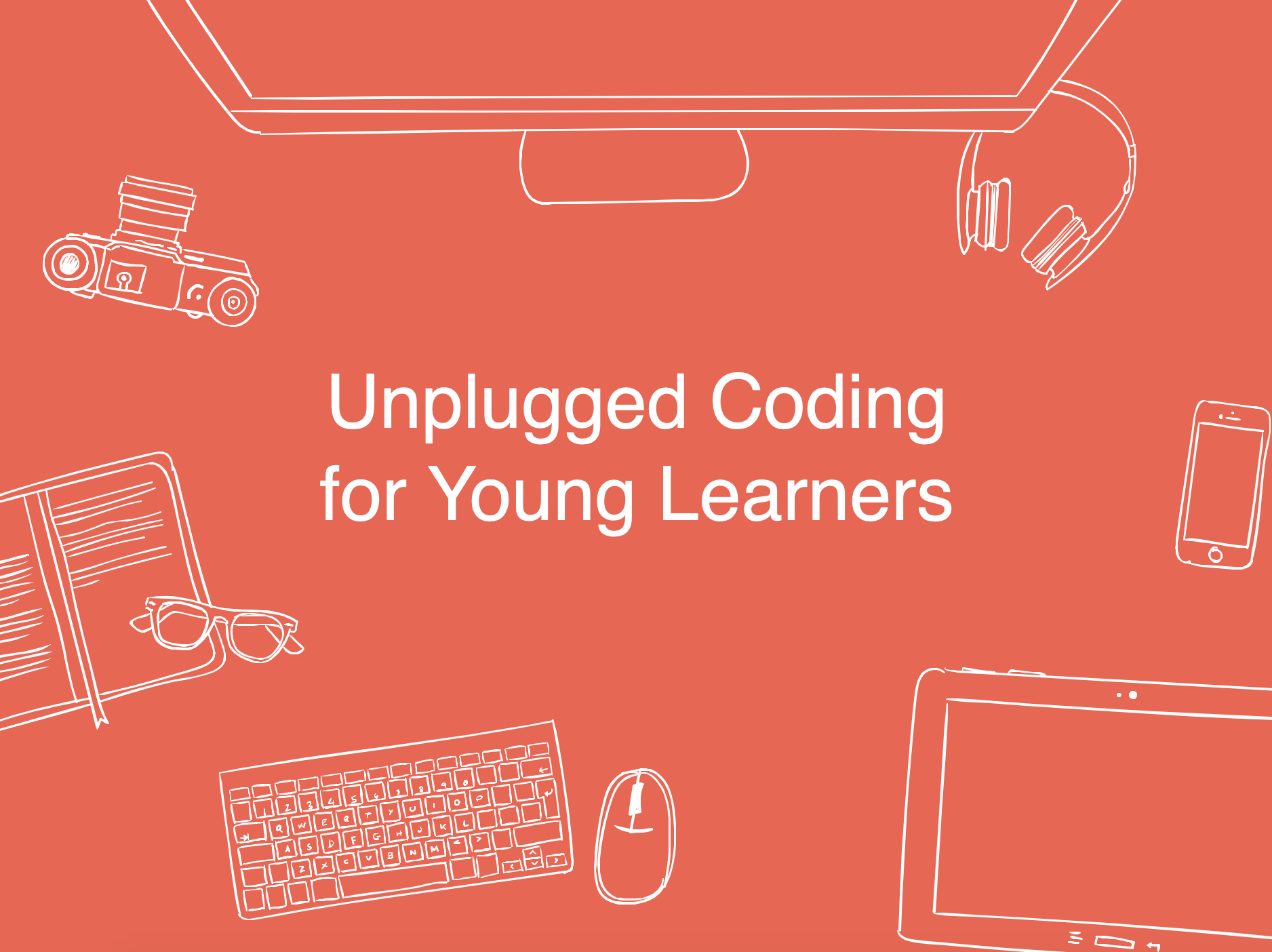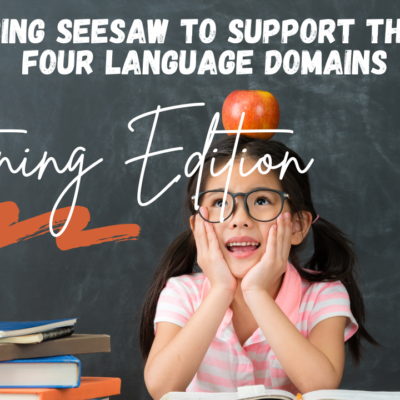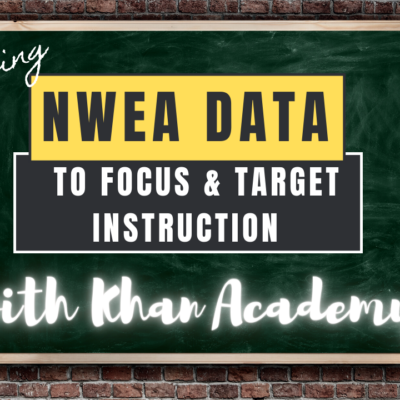I’m an advocate for teaching children coding. From our 5 year olds sitting anxiously on carpet squares, to our 18 year olds just itching for graduation day, I believe all students should be exposed to coding in their classrooms. I want to believe that a lot of people agree with me, but sadly, this is what we hear most often: We already have so much to cover. Isn’t this just one more thing? And let me tell you, we get it. You DO have a lot to cover. So, let us help you. Let’s talk about how we can embed coding in what you are already doing, so it is not just one more thing.
Fortunately for coding advocates and creative students alike, the state of Indiana agrees with me. New coding legislation continues to come out requiring coding in the classroom, so it’s time to embrace the change and bring in coding. But who? Who is going to teach it?
The math teacher can teach that, says the middle school science teacher.
The computer science teacher can teach that, says the high school math teacher.
Can’t they cover it during specials? says the elementary teacher.
And my answer is yes. Yes, to the math teacher. Yes to the computer science teacher. And yes to seeing coding in specials. However, I am also saying yes to you. I want to see it in every school, in every classroom, by every teacher. And this is how we will do it.

Unplugged Activities
I know teaching something new, something that feels outside of your expertise and content area, can be intimidating. But getting started with unplugged activities can help even the most hesitant teacher and students feel successful.
Unplugged activities in coding aim to teach programming concepts through the use of games or activities that can be done offline using physical manipulatives or kinesthetic movements to learn coding concepts. These activities keep the focus of coding off digital tools and on concepts and language.

Sequencing: An Example
Lets look at an example of coding language that can be used throughout your entire day to help students fully understand a concept. Sequencing is a very common, and equally important programming skill that can be taught in every classroom. In programming, a sequence is a basic algorithm. It is a set of logical steps carried out in a specific order to get a desired result. Computers need instructions in the form of an algorithm in order to complete a desired task, and this algorithm must have the correct order of steps, or sequence.
While this may seem complicated, introducing this to our youngest students doesn’t need to be. We can not only find sequencing within our academic standards, but sequencing can also be related to our everyday lives. We follow a sequence to brush our teeth, to make a PB and J, and to walk to school. We follow sequences to preview a book, to solve a word problem, and to do long division.
I love to teach sequencing to students because you can introduce it in so many different, engaging ways. My favorite way is to introduce students to The Macarena, or really any other dance that has a series of dance steps that you follow in order. Below are two GoNoodle examples that you could use to teach sequencing.
Below you can find the Go Noodle Chicken Dance to encourage students to dance along! https://www.youtube.com/watch?v=kiK0QvDtoWU
Below you can find the Go Noodle Maxarena to encourage students to dance along! https://www.youtube.com/watch?v=rUKCmb3nMGc
Conditional Statements: An Example
Another easy example of programming language you can use in the classroom is conditional statements. Conditions are a key part of the decision-making process for computers. It tells a computer what to do, if something specific happens. We often call these if/then statements.
Again, conditionals happen throughout our entire day. If we are quiet in the hallway, then we will get to gym class faster. If it is raining out, we will have recess indoors. Conditionals are a simple cause and effect statement – “if this, then that”. These cause and effect statements are embedded in everything we do, in the standards we teach, and just need to be pointed out to students. In no time, students will start seeing conditionals everywhere they look.
A great way to introduce this in the classroom is by talking about the song/activity “If You’re Happy and You Know It”. This song gives very direct conditional statements. IF you are happy, THEN you clap your hands. Students quickly catch on to conditionals with this easy and fast activity.
Embed literacy with a book full of conditionals. Follow the story of what happens if you give a mouse a cookie.
“If You Give A Mouse A Cookie” by Laura Joffe Numeroff.
Find a read aloud of this book here!
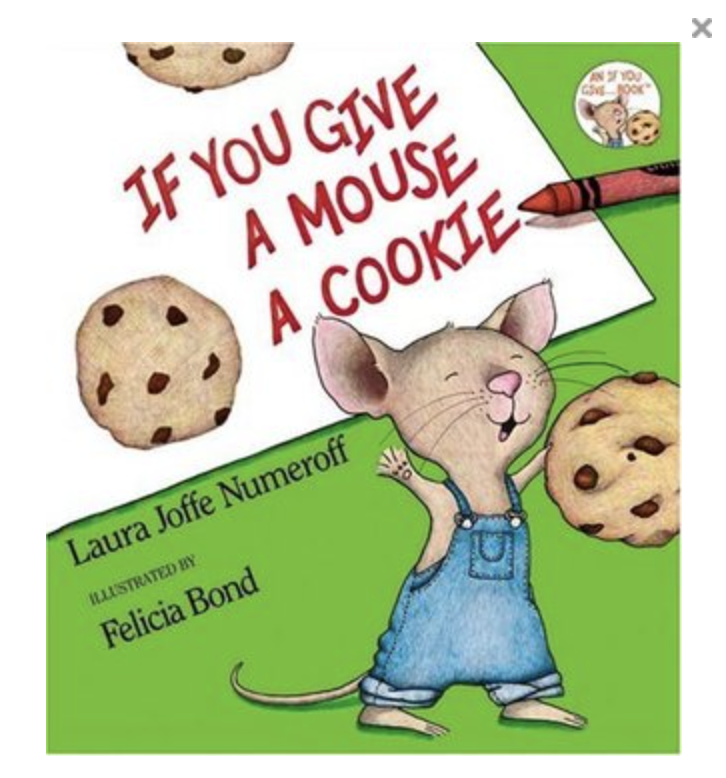
Teacher Resources
Looking to embed coding with literacy? Check out this padlet of ideas!
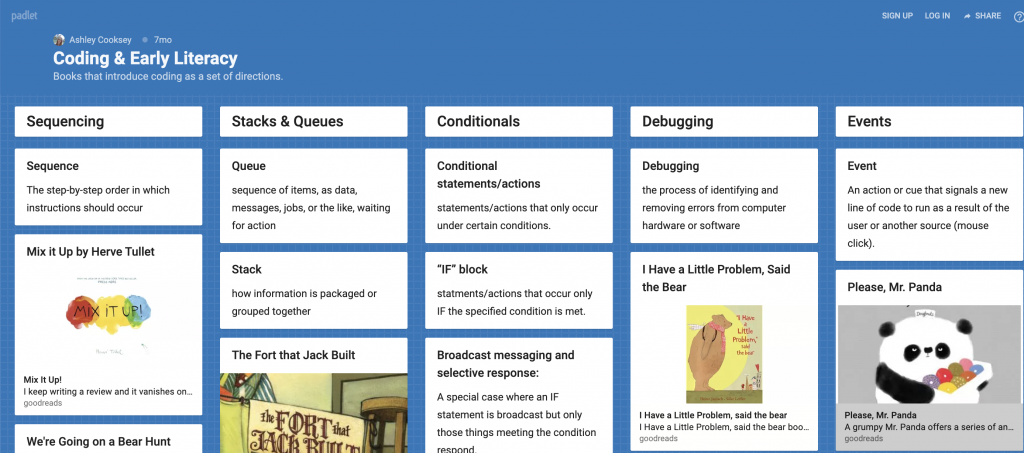
Check out Apple’s Everyone Can Code curriculum, puzzles, and adventures on apple books or here. Not only will it help you jump into unplugged activities but it will help you bridge the gap into coding on the ipad, as well!

